The damaged tendon location causes pain, mild redness or swelling, which is a sign of tendonitis or tendon sheath inflammation.
Tendons are thick, tough fibrous tissues made of collagen that connect muscles and bones and help move joints through muscle contraction.
MSc. Dr. Le Van Minh Tue, Orthopedic Trauma Center, Tam Anh General Hospital, Ho Chi Minh City, said that tendonitis is a common condition, often of unknown cause. However, some people are more susceptible to the disease, including the elderly because the blood vessels supplying the tendons are reduced; repeated microtrauma, trauma or excessive muscle strain due to incorrect exercise; systemic diseases such as rheumatoid arthritis, systemic sclerosis, gout, reactive arthritis, diabetes... If not treated promptly, the patient is at risk of tendon tearing and loss of joint function.
Tendonitis can occur anywhere in the body but is most common in the shoulders, wrists, knees, and heels.

Tendonitis often occurs in the wrist, causing pain and reducing the patient's mobility. Photo: Freepik
Below are typical symptoms of some common forms of tendonitis.
Enthesitis is an inflammation and swelling around the attachment of tendons, tendon sheaths, and ligaments to bone. The patient feels pain at the injured site, the pain increases with movement, the pain is localized or spreads to the muscle area with the inflamed tendon, limiting movement. The painful area may be swollen, hot, or have small lumps along the tendon.
Flexor tenosynovitis is also known as trigger finger or trigger finger. This condition typically causes pain in the palm of the hand, near the junction of the hand and fingers, increased tenderness when pressed, and sometimes small nodules on the tendon. The affected finger is often held in a slightly flexed position to relieve pain.
In the late stages, the patient must use force to stretch the finger, otherwise the finger will bend, creating a phenomenon called trigger finger.
Achilles tendinitis usually occurs when the Achilles tendon is overworked, overloaded and damaged. At this time, the patient's heel area is swollen and painful, especially when stretching the heel or standing on tiptoes. The patient will feel pain when pressing on the heel area, and there may be a lump.
Dr. Tue said that tendinitis is usually not dangerous and can be treated conservatively. During the first 48 hours after symptoms appear, patients should rest and apply cold compresses to reduce inflammation and pain. If necessary, patients can use additional pain relievers and anti-inflammatory drugs as prescribed by their doctor.
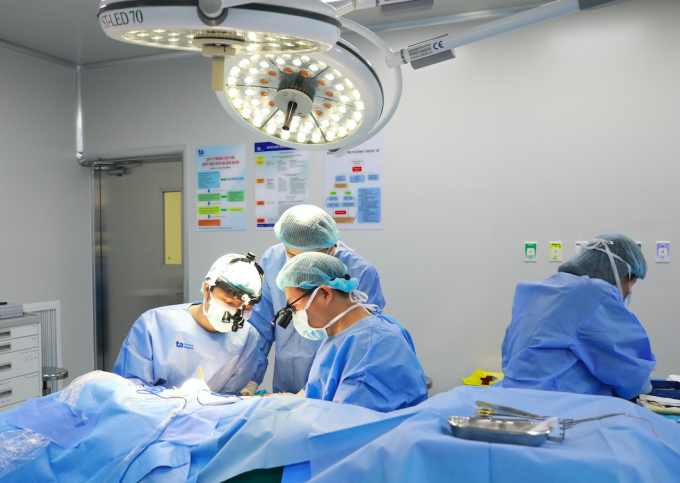
Doctor Tue (far left) during a surgery. Illustration photo: Provided by the hospital
Patients with chronic tendonitis need to perform physical therapy exercises to stretch the inflamed tendon, supporting the tendon's sliding mechanism. These exercises help stretch the tendon so that the tendon can rest and recover on its own.
Patients should avoid active muscle contraction exercises in the affected tendon to avoid aggravating the inflammation. The recovery period can last 2-3 months depending on the severity of the tendon damage. Some cases that do not respond to oral medications can be combined with local injections into the tendon sheath (corticoids, HA, PRP...).
Surgery is the last resort, used when physical therapy and conservative treatment are ineffective. The doctor removes calcium deposits in the tendon and chronically inflamed tendon sheath, repairs the tendon, and then instructs the patient on physical therapy exercises.
Phi Hong
| Readers send questions about musculoskeletal diseases here for doctors to answer |
Source link


![[Photo] Visiting Cu Chi Tunnels - a heroic underground feat](https://vstatic.vietnam.vn/vietnam/resource/IMAGE/2025/4/8/06cb489403514b878768dd7262daba0b)








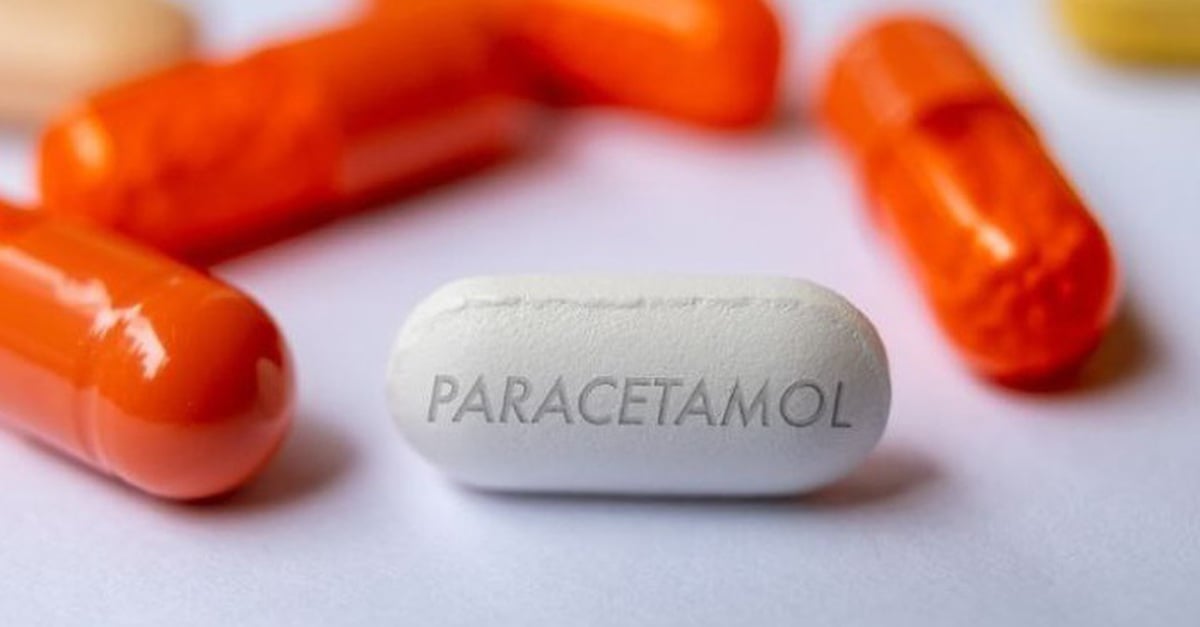



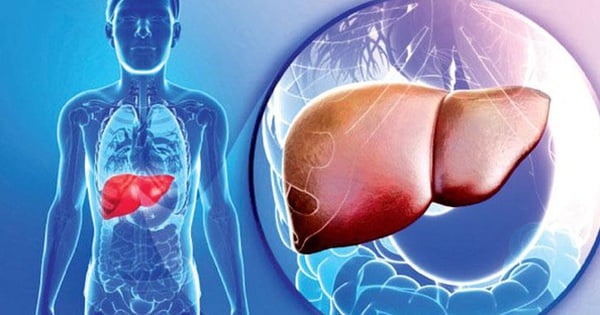

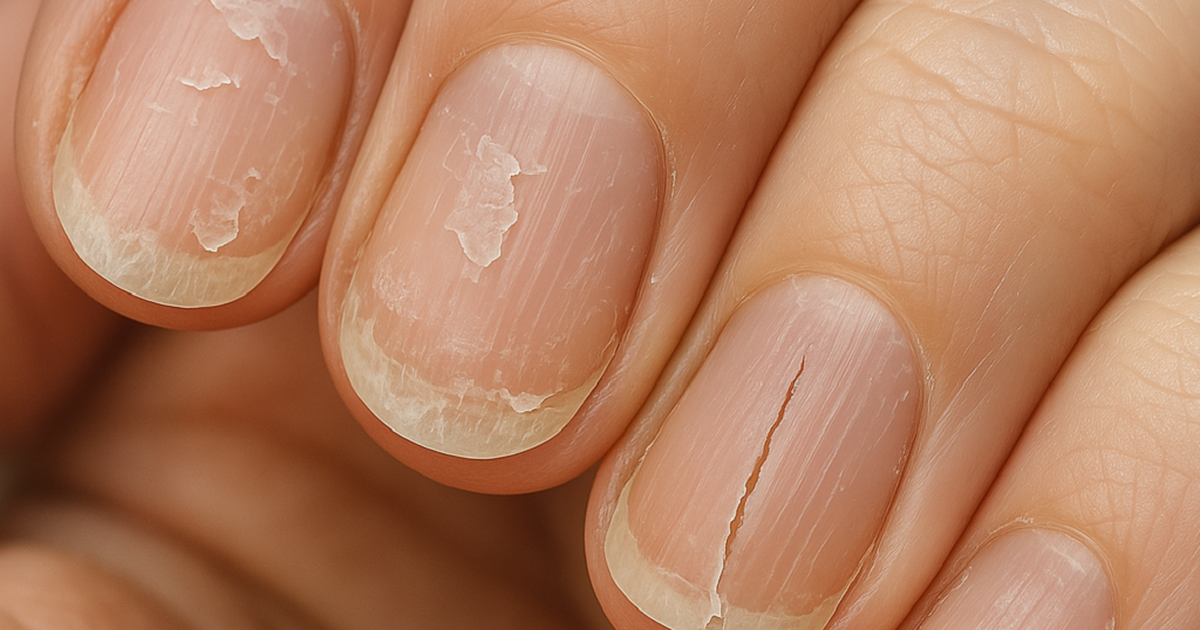






























































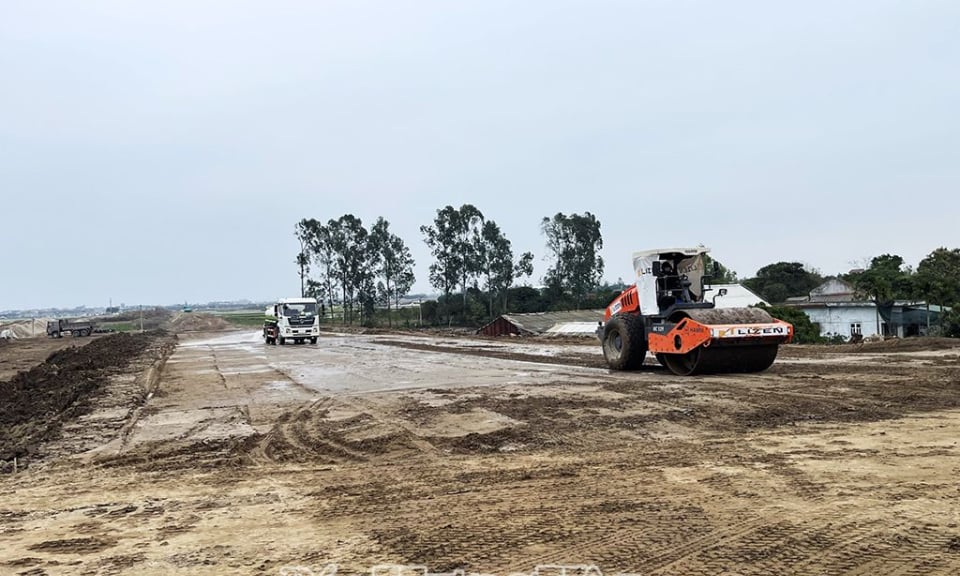












Comment (0)